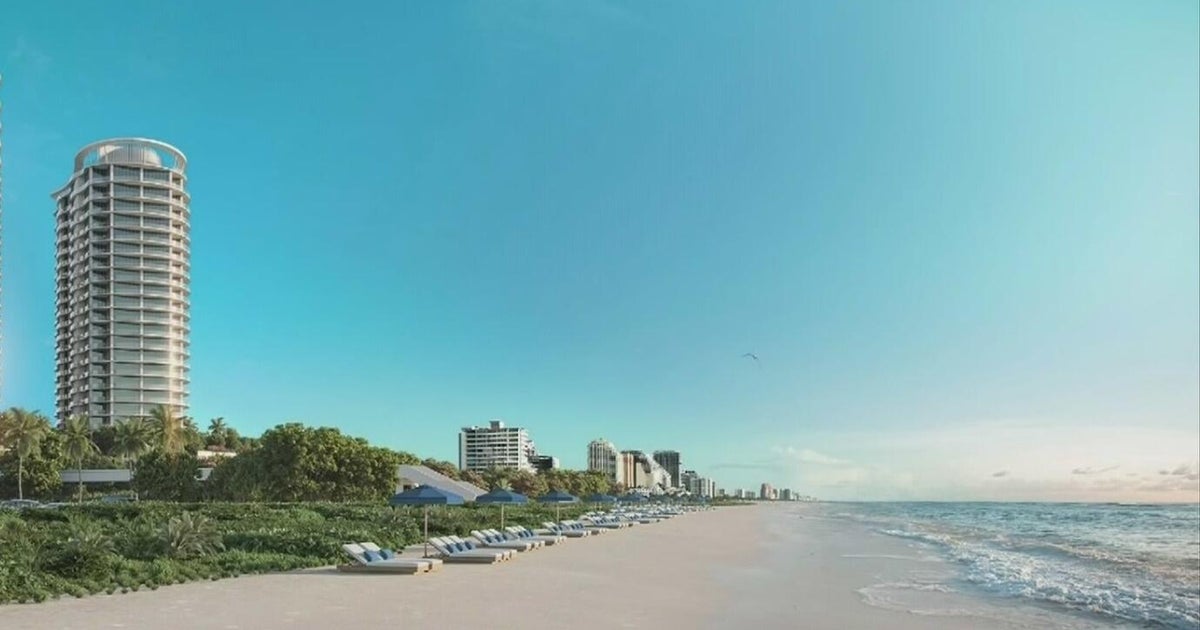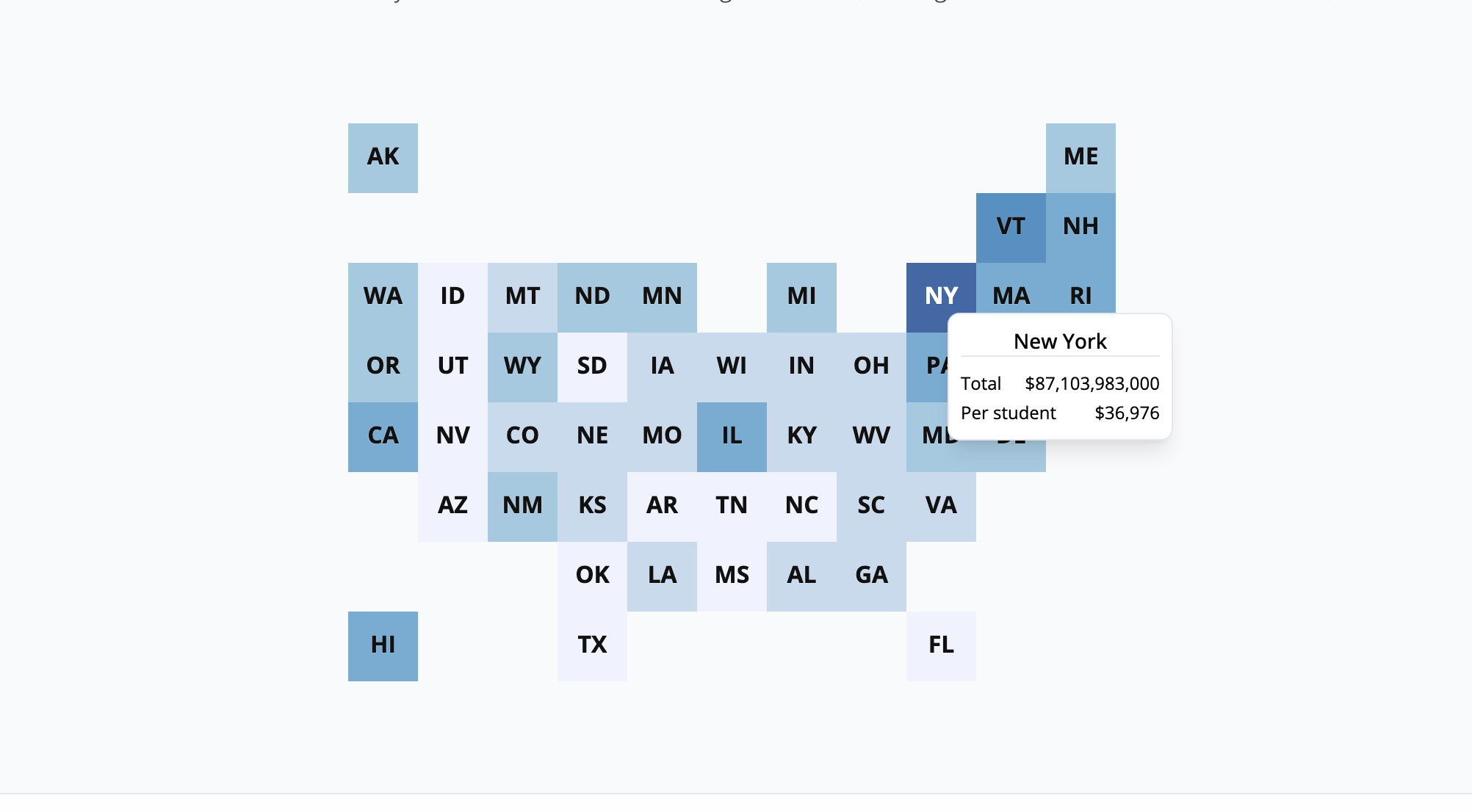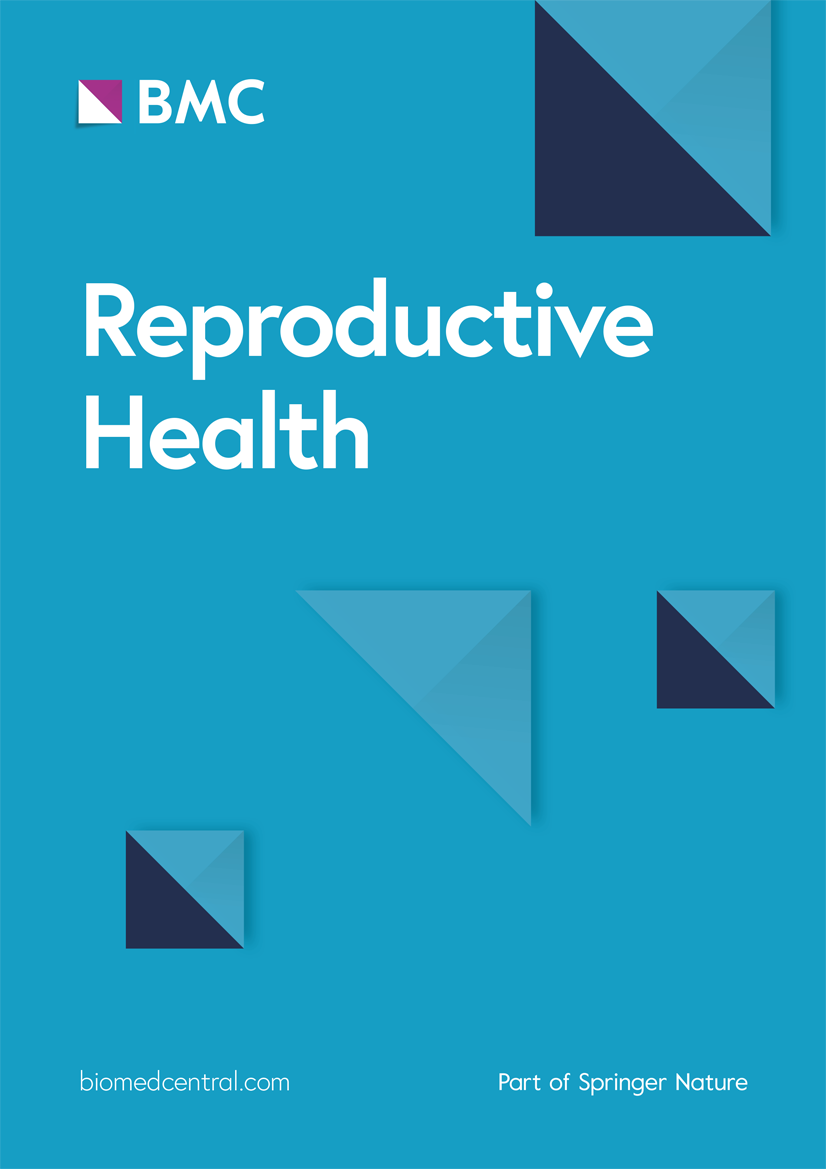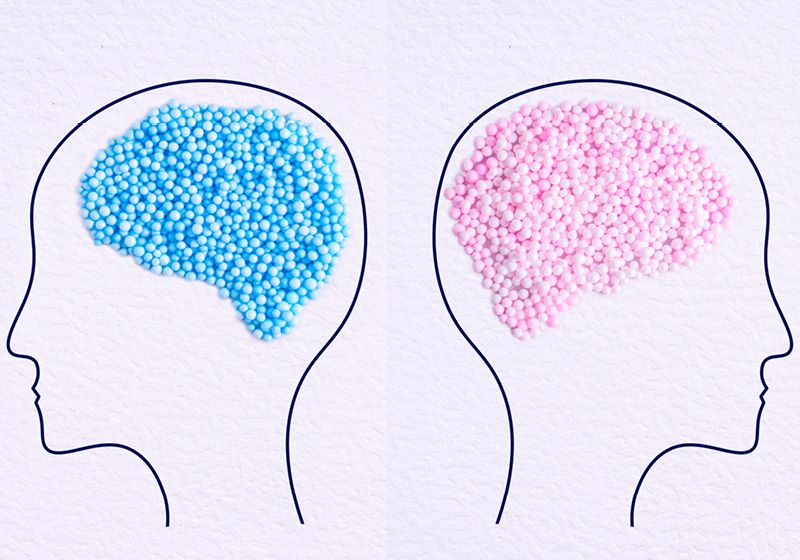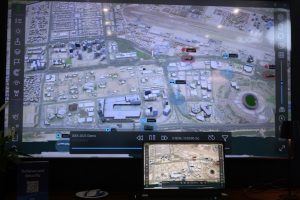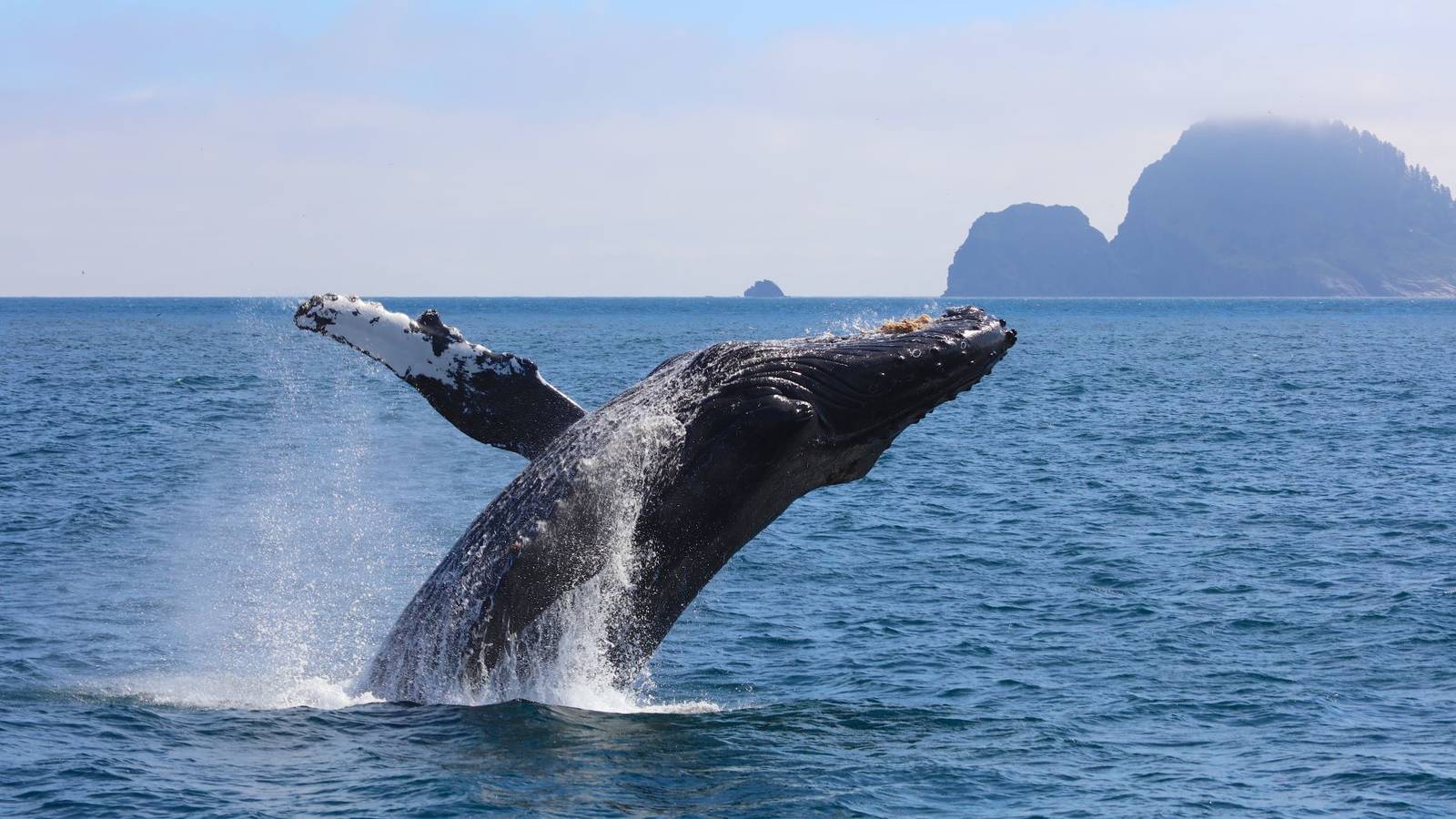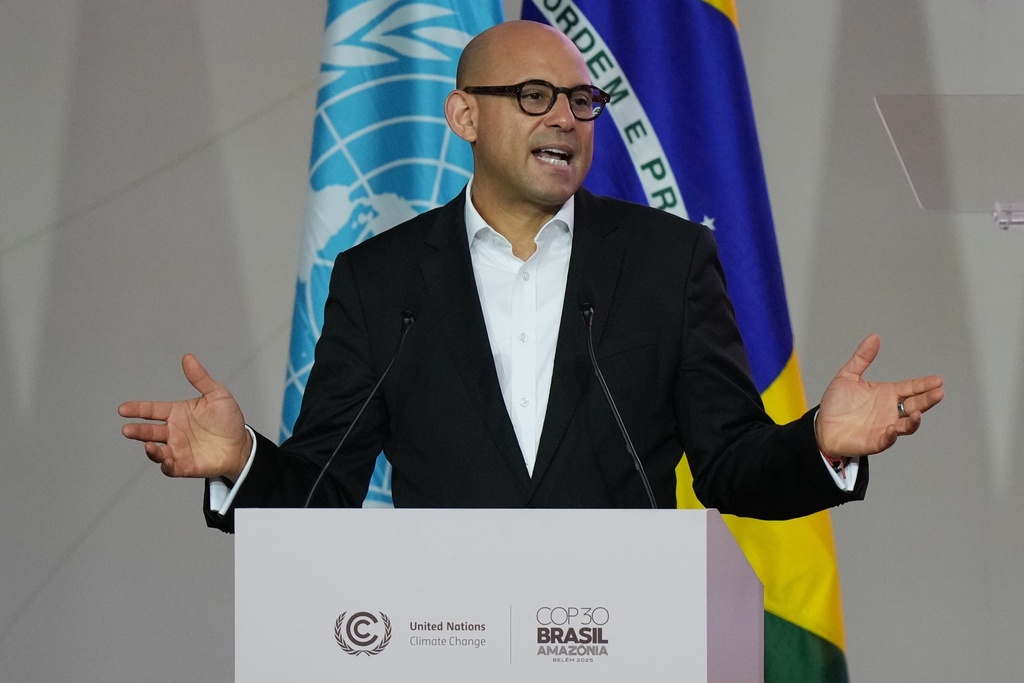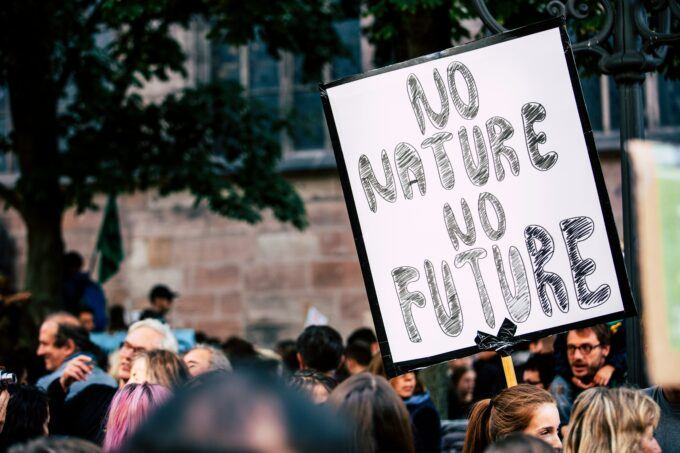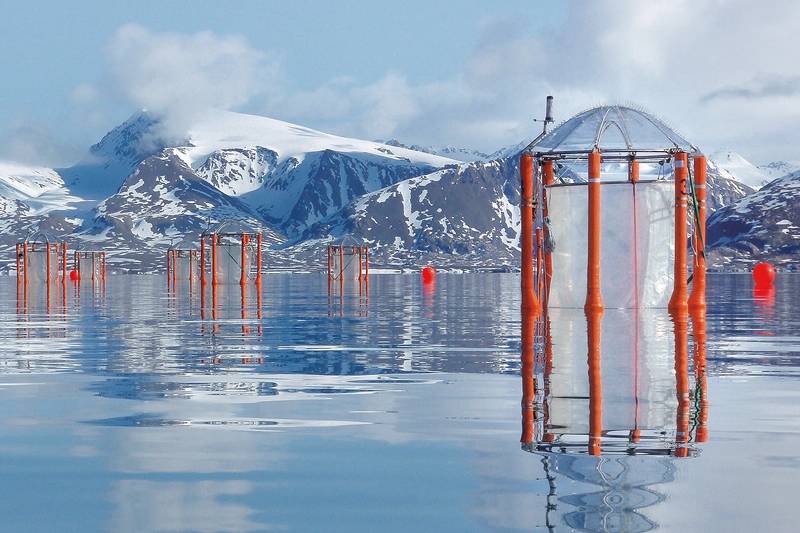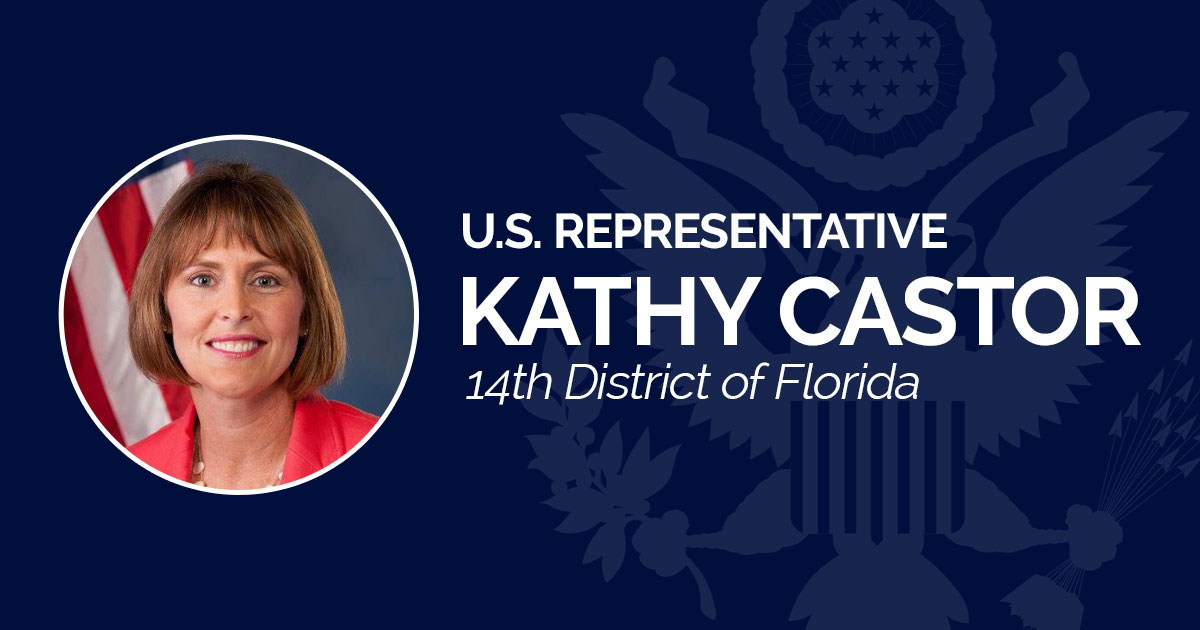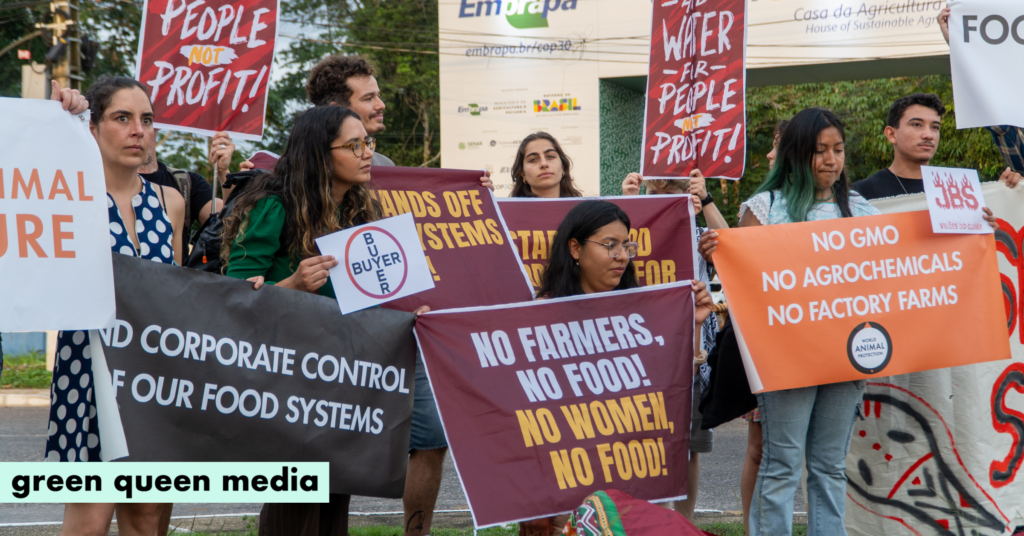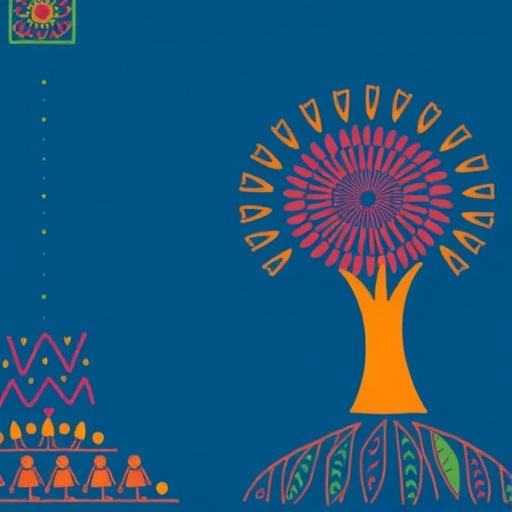Four Sparrow Marsh Wetlands Restoration Helps Jamaica Bay – Brownstoner
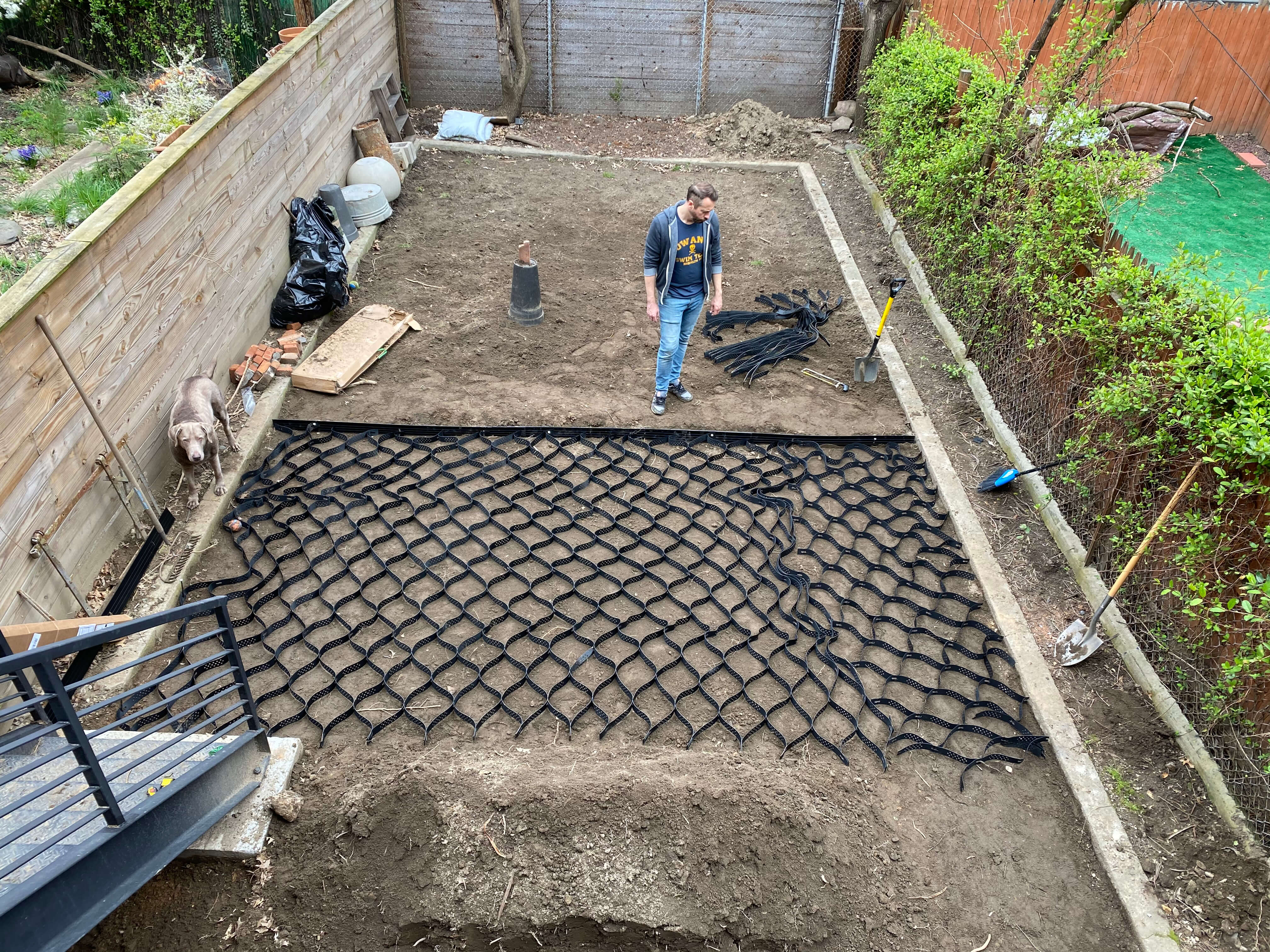
Report on the Restoration of Four Sparrow Marsh and Contribution to Sustainable Development Goals
Project Summary
A $7 million environmental project has successfully restored three acres of wetlands in Four Sparrow Marsh. This initiative represents a significant investment in the ecological health of Jamaica Bay and aligns with several key United Nations Sustainable Development Goals (SDGs). The project was a collaborative effort between New York City’s Department of Environmental Protection (DEP), the Department of Design and Construction (DDC), and the Parks Department.
Project Scope and Execution
The restoration focused on reversing environmental degradation and re-establishing a thriving natural habitat. Key activities included:
- The removal of approximately 9,000 tons of dirt and fill material.
- The introduction and planting of native flora to support local biodiversity.
- The restoration of tidal flow to the marsh, crucial for its ecological function.
Contribution to Sustainable Development Goals (SDGs)
The Four Sparrow Marsh restoration project directly supports the achievement of multiple SDGs through its targeted environmental actions.
SDG 14: Life Below Water and SDG 15: Life on Land
The project makes a direct contribution to protecting marine and terrestrial ecosystems.
- Protecting Biodiversity: The restoration enhances one of only two remaining salt marshes along Jamaica Bay, a critical ecosystem that is home to hundreds of species of birds, fish, and butterflies. It provides vital, undisturbed habitat for wildlife, including salt marsh sparrows and diamondback terrapins.
- Halting Ecosystem Degradation: By restoring the wetland, the project actively counters the historic loss of 80% of the city’s salt marshes, thereby protecting and restoring a vital ecosystem as targeted by SDG 15.
- Supporting Marine Health: As stated by DEP Commissioner Rohit T. Aggarwala, “restoring wetlands like Four Sparrow Marsh is key to protecting the health of the entire [Jamaica Bay] ecosystem.” This directly supports the goals of SDG 14 to conserve and sustainably use marine resources.
SDG 11: Sustainable Cities and Communities and SDG 13: Climate Action
The initiative strengthens urban resilience and contributes to climate adaptation efforts.
- Enhancing Climate Resilience: Salt marshes serve as natural infrastructure, protecting coastlines from extreme weather and rising sea levels. This nature-based solution is a critical component of climate action (SDG 13) and building resilient communities (SDG 11).
- Preserving Natural Heritage: The project safeguards Four Sparrow Marsh as a natural preserve, ensuring the Mill Basin community can enjoy the environmental and recreational benefits, which is a key target of SDG 11.
- Investing in a Sustainable Future: Parks Commissioner Iris Rodriguez-Rosa noted, “By caring for our natural areas, we are investing in a more livable and more resilient city for generations to come.”
SDG 17: Partnerships for the Goals
The project’s success was built on a foundation of strong inter-agency collaboration.
- Multi-Stakeholder Collaboration: The project was a joint effort between the DEP (funding), DDC (construction), and the Parks Department (management), demonstrating an effective partnership model for achieving sustainability objectives.
- Inter-Governmental Agreement: The funding was part of a DEP agreement with the New York state government to mitigate wetland loss, showcasing a partnership between city and state levels to achieve shared environmental goals.
Analysis of Sustainable Development Goals in the Article
1. Which SDGs are addressed or connected to the issues highlighted in the article?
-
SDG 15: Life on Land
- The article’s central theme is the restoration of a salt marsh, a terrestrial ecosystem. It details efforts to preserve the natural environment, support biodiversity by planting native flora, and protect habitats for wildlife, including birds and terrapins. This directly aligns with the goal of protecting, restoring, and promoting the sustainable use of terrestrial ecosystems.
-
SDG 14: Life Below Water
- The project’s stated purpose is to “improve the health of Jamaica Bay” and protect its entire ecosystem. Jamaica Bay is a coastal water body, and the marsh restoration is a key action to protect this marine and coastal environment, which is home to “hundreds of unique species of… fish.”
-
SDG 13: Climate Action
- The article explicitly mentions that salt marshes are critical for “protecting our coastline in the face of extreme weather.” This connects the restoration project to climate change adaptation and strengthening resilience against climate-related hazards.
-
SDG 11: Sustainable Cities and Communities
- The project is an urban environmental initiative in New York City. It aims to protect the city’s natural heritage, as the article notes that 80% of such marshes have been lost. It also provides “environmental and recreational benefits” to the Mill Basin community, contributing to a “more livable and more resilient city.”
2. What specific targets under those SDGs can be identified based on the article’s content?
-
Target 15.1: By 2020, ensure the conservation, restoration and sustainable use of terrestrial and inland freshwater ecosystems and their services, in particular forests, wetlands, mountains and drylands…
- The article is a case study of this target, describing the “restoration of three acres of wetlands in Fort Sparrow Marsh” to ensure the marsh “remains healthy long-term.”
-
Target 15.5: Take urgent and significant action to reduce the degradation of natural habitats, halt the loss of biodiversity and, by 2020, protect and prevent the extinction of threatened species.
- The project is a direct action to reverse the degradation of a natural habitat. Its goals to “support biodiversity,” “protect wildlife,” and provide a habitat for species like “salt marsh sparrows and diamondback terrapins” align with this target.
-
Target 14.2: By 2020, sustainably manage and protect marine and coastal ecosystems to avoid significant adverse impacts, including by strengthening their resilience, and take action for their restoration…
- The restoration of the marsh is an action taken to protect the coastal ecosystem of Jamaica Bay, “strengthen the Bay’s resilience,” and “improve the health of the entire ecosystem.”
-
Target 13.1: Strengthen resilience and adaptive capacity to climate-related hazards and natural disasters in all countries.
- The statement that salt marshes are “critical ecosystems that do so much for our city — from protecting our coastline in the face of extreme weather” directly links the project to strengthening resilience against climate-related hazards.
-
Target 11.4: Strengthen efforts to protect and safeguard the world’s cultural and natural heritage.
- The article frames the marsh as one of the “two remaining salt marshes along Jamaica Bay” and a critical part of New York City’s natural environment that has been severely diminished by human activity. The restoration project is an effort to safeguard this natural heritage.
3. Are there any indicators mentioned or implied in the article that can be used to measure progress towards the identified targets?
- Area of restored ecosystem: The article explicitly states that “three acres of wetlands” were restored. This is a direct quantitative indicator for targets related to restoration (15.1, 14.2).
- Financial investment: The project cost is stated as “$7 million.” This serves as an indicator of the financial resources mobilized for environmental protection and restoration, relevant to multiple targets.
- Scale of physical restoration: The removal of “9,000 tons of dirt” is a specific, measurable output of the restoration work, indicating the level of effort to reverse habitat degradation (Target 15.5).
- Biodiversity measures: The article mentions the goal of supporting biodiversity and protecting wildlife such as “hundreds of unique species of birds, butterflies, and fish,” and specifically “salt marsh sparrows and diamondback terrapins.” The population and health of these species can be monitored as an indicator of ecosystem health (Target 15.5).
- Area of protected natural heritage: The restoration of three acres contributes to the total protected area of a rare natural habitat within the city, as the article notes that “humans have filled 80 percent of them” (Target 11.4).
Summary of SDGs, Targets, and Indicators
| SDGs | Targets | Indicators Identified in the Article |
|---|---|---|
| SDG 15: Life on Land | 15.1: Ensure the conservation and restoration of terrestrial and inland freshwater ecosystems, especially wetlands.
15.5: Take urgent action to reduce the degradation of natural habitats and halt biodiversity loss. |
|
| SDG 14: Life Below Water | 14.2: Sustainably manage and protect marine and coastal ecosystems and take action for their restoration. |
|
| SDG 13: Climate Action | 13.1: Strengthen resilience and adaptive capacity to climate-related hazards. |
|
| SDG 11: Sustainable Cities and Communities | 11.4: Strengthen efforts to protect and safeguard the world’s natural heritage. |
|
Source: brownstoner.com

What is Your Reaction?
 Like
0
Like
0
 Dislike
0
Dislike
0
 Love
0
Love
0
 Funny
0
Funny
0
 Angry
0
Angry
0
 Sad
0
Sad
0
 Wow
0
Wow
0


